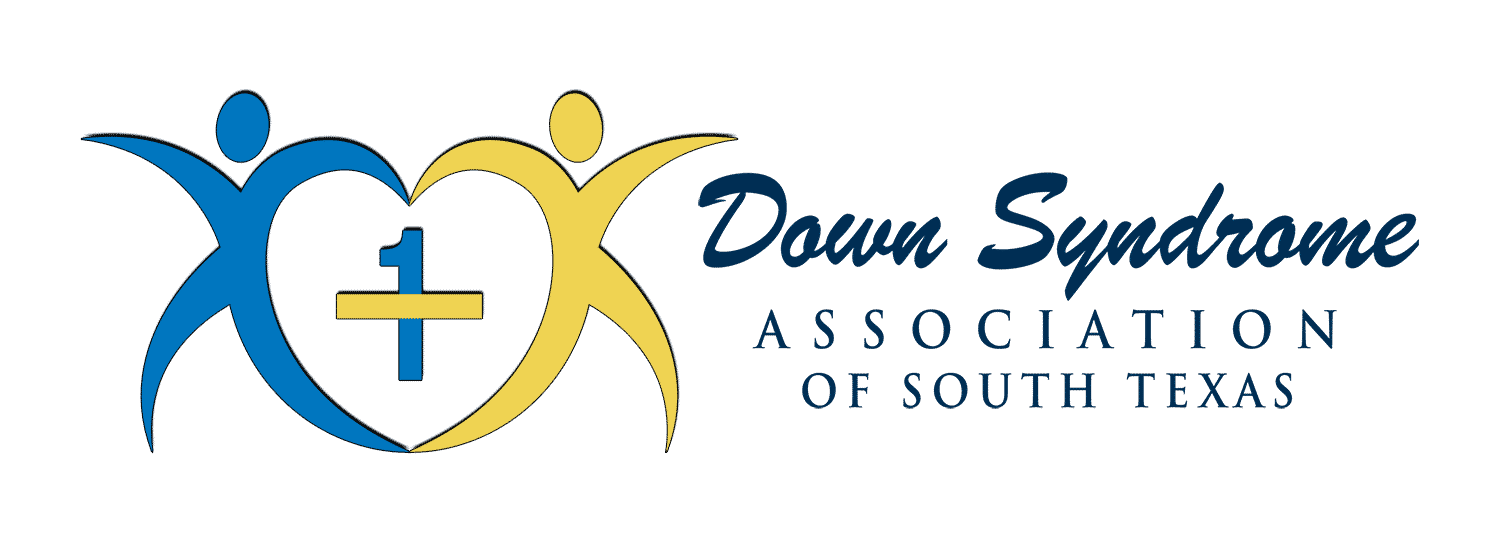What is Inclusion?
Inclusion is the process of educating a child with a disability in the general education classroom alongside their peers without disabilities.
Inclusion begins with a consideration of the general education classroom and the neighborhood school. The general education classroom is the best place to begin when we consider your child’s needs in his/her education. Inclusion is referred to as the “least restrictive environment” and means that we first consider the general education classroom and needed supports before we consider placing a child in a special education classroom. This decision of placement is made by the ARD (Admission, Review, Dismissal) committee, which consists of school personnel and the parents. Below are some helpful resources to explain inclusion.
Inclusion Basics
Watch this 15-minute online learning mini-course offered by the Inclusive Schools Network. This course will define inclusion, present the benefits and characteristics of good inclusion, and discuss the law and barriers to successful inclusion that exist in some schools.
Achieving Inclusion
The Inclusive Schooling website offers a variety of articles on inclusion, parent advocacy, behavior, adaptations, etc. for both parents and educators.
Disabling Segregation
Check out this Ted Talk video titled “Disabling Segregation” by Dan Habib, a parent and disability-rights advocate talking about the journey to ensure an inclusive education for his child. This video presents thoughts about how inclusion benefits not just the child being included, but all of us.
The Real Problem With Special Needs
In the video "Isn't It a Pity: The Real Problem With Special Needs," Torrie Dunlap speaks to the need for inclusion throughout our communities and why we need to change our thinking when it comes to special needs.
Who Can and Should Be Included?
Now that you have learned a little bit about inclusion you may still be asking, is inclusion right for my child? We encourage you to watch some of the five videos from the Think Inclusive website and then ask yourself the question again. We believe that the general education classroom is the correct and appropriate setting for every child, regardless of their disability or the issues that are created because of that disability. As the linked article states, sometimes we need to see examples of inclusion to really understand that IT IS POSSIBLE and happening all over the world.


Why is Inclusion Important for Every Child?
There has been quite a bit of research that documents the benefits of inclusion including higher academic achievement, particularly improved reading skills, greater gains in behavioral and social skills, increased independence, and higher self-esteem.
The National Catholic Board on Full Inclusion has a mission to inspire schools to begin the process of becoming inclusive; to educate school teachers, administrators, and parents on what it takes to become inclusive; and to provide educational research and real-life experiences that support inclusion. They offer a variety of articles on the benefits and effects of inclusive programs for students with disabilities.
How Can a Parent Work With the School?
Once you have determined that inclusive education is important for your child, this section will be helpful as you work to partner with your local school to identify ways to include your student successfully in general education.
Many students with Down syndrome can be successfully educated in the general education classroom through in-class supports that are provided by either a special education teacher or a special education para-educator.
Increasing the Effectiveness of In-Class Supports
The Inclusive Schools website offers this article about how special and general educators can work together to improve inclusive practices in the classroom.
The Inclusive Classroom
The Inclusive Class website gives information and tips for including all learners in a general education classroom. The article entitled How Parents and Teachers Can Work Together in the Inclusive Classroom is highly recommended.
Dr. Paula Kluth
Many good resources and ideas for supporting inclusion can be found on Dr. Kluth's website. Be sure to look at the ideas under the "Readings" menu, in particular the “Differentiating Instruction."
Accommodations & Modifications
Successful inclusion often depends upon parents and teachers identifying the most appropriate accommodations and modifications for an individual child. The website Understood provides a wealth of suggestions in this area. Begin with the article "Accommodations: What They Are and How They Work."
Legal Information
The WrightsLaw website focuses on the legal aspects of serving students with disabilities. There are many topics covered including “Least Restrictive Environment, Mainstreaming, and Inclusion."
